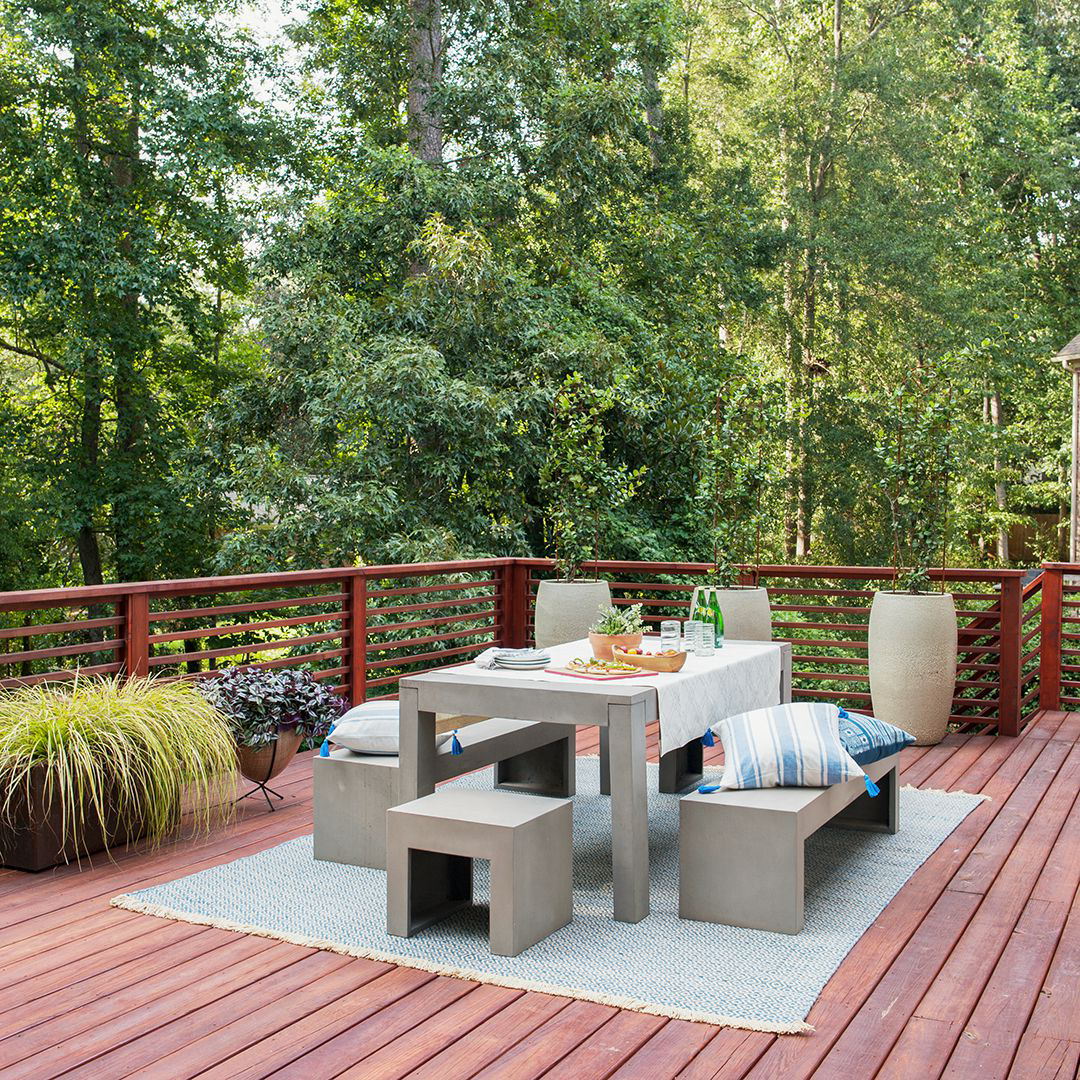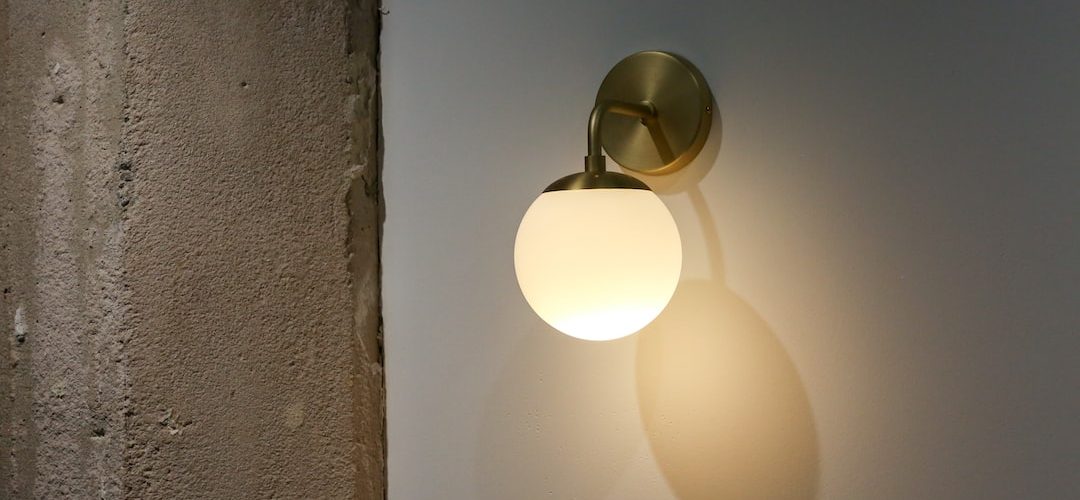
Shedding Light on Style: The Appeal of Concrete Pendant Lighting
Introduction:
Lighting plays a vital role in enhancing the ambiance of a living space, and the right lighting fixture can make all the difference in creating a stylish and comfortable atmosphere. One lighting trend that has been gaining popularity in recent years is concrete pendant lighting. This article will discuss the appeal of concrete pendant lighting, its unique characteristics, and how it can be used to create a beautiful and stylish living space.
What is Concrete Pendant Lighting?
Concrete pendant lighting refers to lighting fixtures that are made from concrete materials, typically using molds or casting techniques. These fixtures are available in a range of sizes, shapes, and colors, with some made to resemble more traditional lighting elements, such as chandeliers or lanterns.
The Appeal of Concrete Pendant Lighting
One of the key appeals of concrete pendant lighting is its versatility. Its neutral color palette and simple design make it compatible with a variety of interior styles, including modern, rustic, and industrial. Concrete pendant lighting can also be used in a wide range of living spaces, including living rooms, dining areas, and bedrooms.
Another benefit of concrete pendant lighting is its durability. Concrete is a strong and sturdy material that can withstand wear and tear, making it ideal for high-traffic areas, such as entryways or kitchen islands. Additionally, concrete pendant lighting requires minimal maintenance and is easy to clean.
Concrete pendant lighting also offers a unique aesthetic. The natural textures and imperfections of concrete create a sense of depth and character that is not found in other lighting materials. The use of concrete can also lend an industrial and modern feel to a space while remaining grounded and organic.
Characteristics of Concrete Pendant Lighting
When selecting concrete pendant lighting, it is important to pay attention to the material’s characteristics. Concrete is a porous material, which means it will absorb moisture, oil, and other liquids. Over time, this can cause the concrete to discolor or stain. To avoid this, it is important to regularly clean and maintain the fixture.
One of the advantages of concrete pendant lighting is its ability to distribute light evenly, creating a soft and warm ambiance in a space. Concrete also has excellent heat resistance, making it a suitable material for lighting fixtures that require direct bulb exposure.
Using Concrete Pendant Lighting in Design
Concrete pendant lighting can be used in a variety of ways to create a beautiful and stylish living space. The simplicity of concrete allows it to serve as a complementary design element, without overpowering the other features of a room.
One popular use of concrete pendant lighting is in entryways, where the strong and neutral material complements the functionality of the space. Concrete pendant lights can also be used in dining areas, where their durability makes them ideal for use over dining tables.
In the bedroom, concrete pendant lighting can add a sense of warmth and comfort, particularly when paired with soft linens and other natural materials. In the living room, a concrete pendant light can serve as a statement piece, offering a unique and elegant design element to the room’s overall look.




